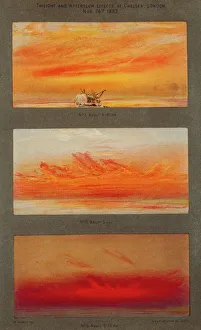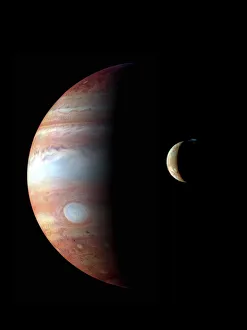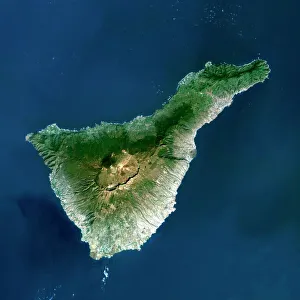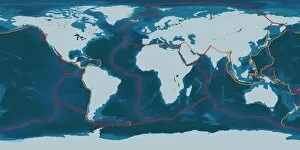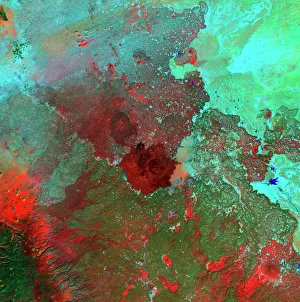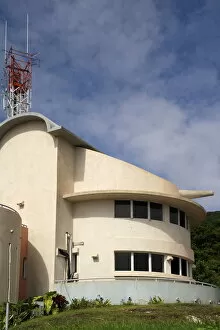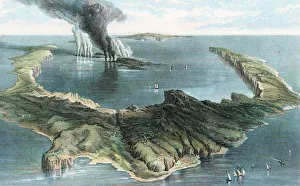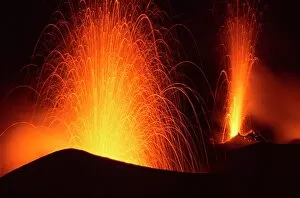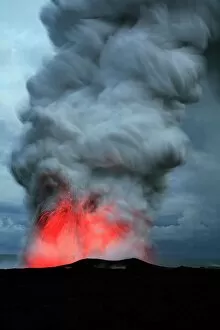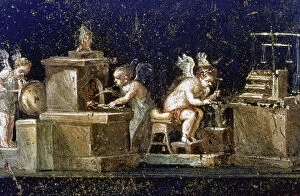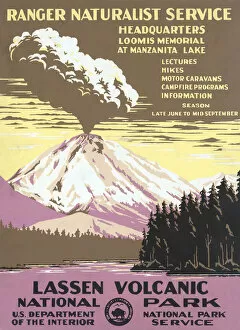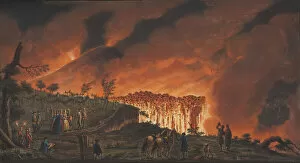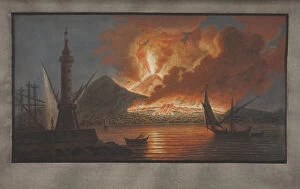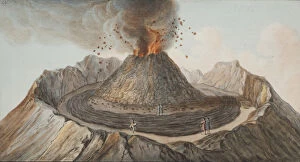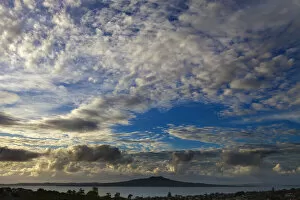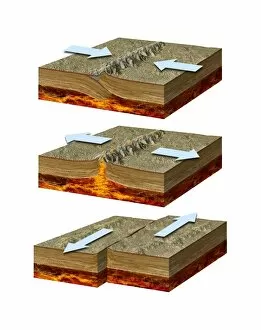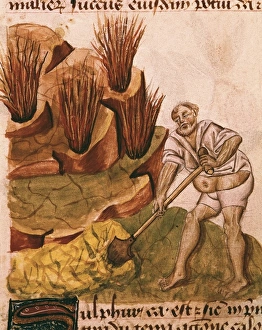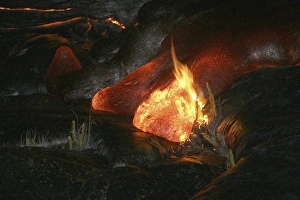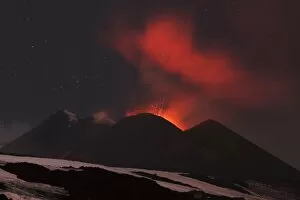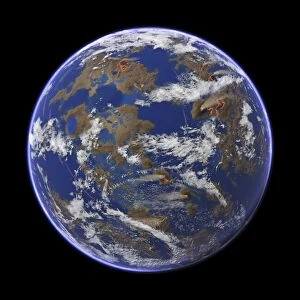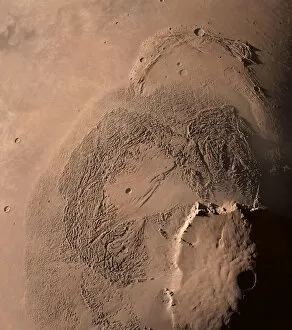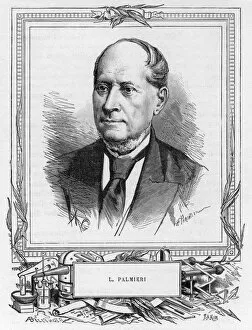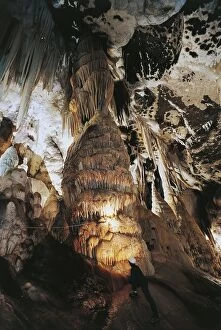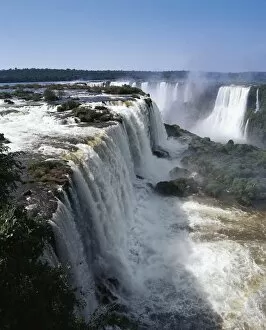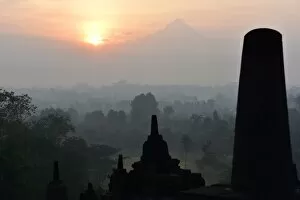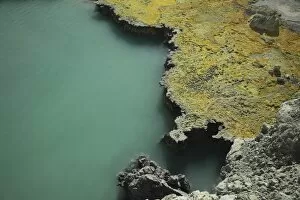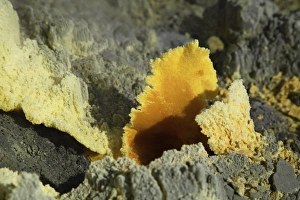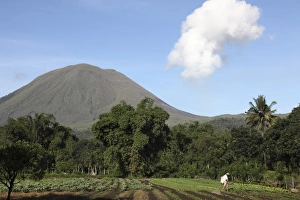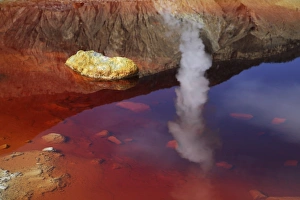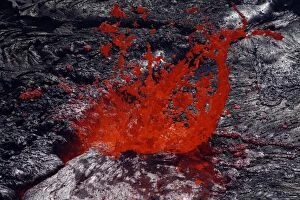Vulcanology Collection
Vulcanology: Unveiling the Fiery Secrets of Our Earth Embark on a journey through the mesmerizing world of vulcanology
All Professionally Made to Order for Quick Shipping
Vulcanology: Unveiling the Fiery Secrets of Our Earth Embark on a journey through the mesmerizing world of vulcanology, where nature's most explosive and captivating forces come to life. From the breathtaking landscapes of Tenerife to the awe-inspiring satellite images that reveal our planet's hidden wonders, this is a realm that never fails to leave us in utter astonishment. Gazing at a satellite image of Tenerife, one cannot help but be captivated by its intricate volcanic formations. The island stands as a testament to the immense power beneath our feet, reminding us of Earth's ever-changing nature. Transport yourself back in time to 1883 when Krakatoa erupted and painted sunsets across the globe with vibrant hues. Through artworks inspired by this cataclysmic event, we can catch a glimpse of humanity's fascination with volcanoes throughout history. Venturing beyond our own planet, Jupiter and its moon Io offer an extraterrestrial spectacle captured by New Horizons' lens. Witnessing these colossal eruptions on another celestial body reminds us that volcanism is not limited solely to Earth. Closer to home lies evidence of tectonic plates shifting beneath our feet. Satellite images unveil vast stretches of Syria Desert marked by ancient volcanic activity—a reminder that even seemingly barren lands hold secrets from deep within. At Volcano Observatory stations worldwide, scientists dedicate their lives to understanding these fiery giants. Armed with knowledge gained from studying past eruptions like Thera (Santorini) in 1866 or Mount Etna erupting fiercely in 2012 C016 / 4639, they strive for safer communities living alongside active volcanoes. Stromboli double eruption captures both fear and wonder as molten lava meets the ocean—an extraordinary collision between two elemental forces shaping our world since time immemorial. It serves as a vivid reminder that land and sea are forever intertwined.

